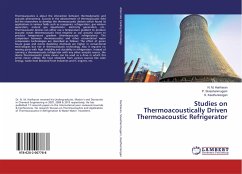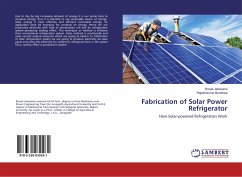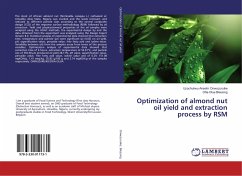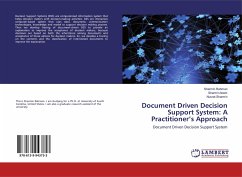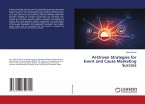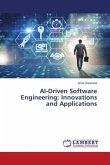Thermoacoustics is about the interaction between thermodynamic and acoustic phenomena. Success in the advancement of thermoacoustic field led the researchers to develop the thermoacoustic devices which found its applications in various fields such as cryogenics, refrigeration, gas mixture separation, natural gas liquefaction, electricity generation, etc,. Thermoacoustic devices can either use a temperature gradient to produce acoustic waves (thermoacoustic heat engines) or use acoustic waves to produce temperature gradient (thermoacoustic refrigerators). The comparison between thermoacoustics and other conventional vapor compression technologies are described as follows: The effect of green house gases and ozone depleting chemicals are higher in conventional technologies but not in thermoacoustic technology. Also it requires no moving parts with high reliability and durability in refrigeration. Instead of running a thermoacoustic refrigerator with any other acoustic source, the device thermoacoustic prime mover can be used as a drive in which this prime mover utilizes the heat obtained from various sources like solar energy, waste heat liberated from industries and IC engines, etc.
Bitte wählen Sie Ihr Anliegen aus.
Rechnungen
Retourenschein anfordern
Bestellstatus
Storno

